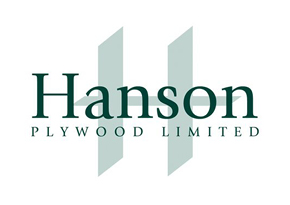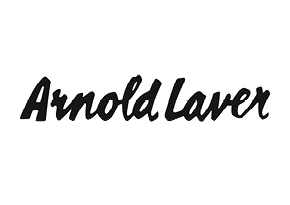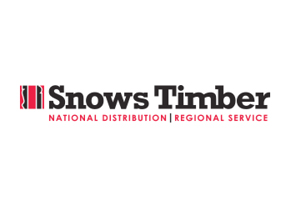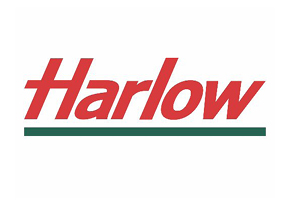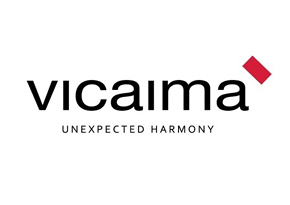Avoiding wind-induced risks for renewables on roofs
In This Series

Roof-mounted solar thermal (ST) and photovoltaic (PV) systems must be designed and installed to withstand the maximum wind loads expected during their lifetime. This means that designers and specifiers of such systems need an understanding of the wind speeds expected at the site, and the applicable pressure coefficients, for both new build projects or where the systems are to be retrofitted to an existing roof.
Article from Timber 2016 Industry Yearbook
Suggested Reading
Wind-induced vibration in tall timber buildings
Wind-induced vibration is an important design consideration in tall buildings in any structural material. The two main forms of wind-induced vibration - across-wind vibration due to vortex shedding and along-wind vibration due to turbulence - were taken into consideration when undertaking this study. Both types are addressed in Eurocode 1.
01/01/2014
| Research Summarie
Standard bracing of 'Room in the Roof' (attic) trussed rafter roofs
This information sheet is an extrapolation of the standard bracing requirements given in BS 5268-3 extended to cover 'Room in the Roof' trussed rafters. All the information given here should be read in conjunction with the requirements of that standard.
Contents:
- Why brace trussed rafter roofs?
- Bracing responsibility ...
01/01/2007 | Info from other organisation
Standard bracing of simple duopitched trussed rafter roofs for dwellings
Trussed rafters must be braced to create a rigid and stable roof structure. If the bracing is omitted, wrongly positioned or badly fixed, it may result in distortion or failure of individual trusses or in some instances the whole roof.
This information sheet gives a summary of the standard...
01/01/2007 | Info from other organisation








